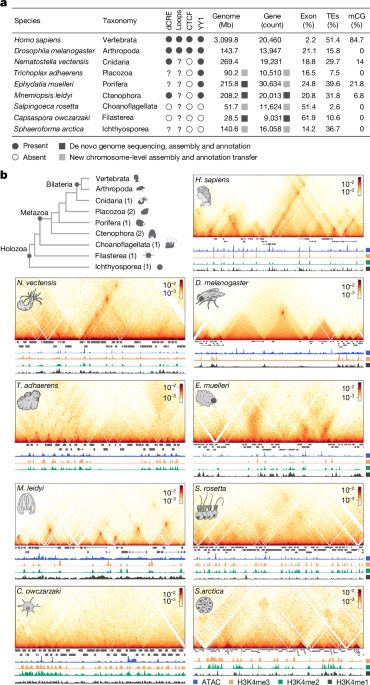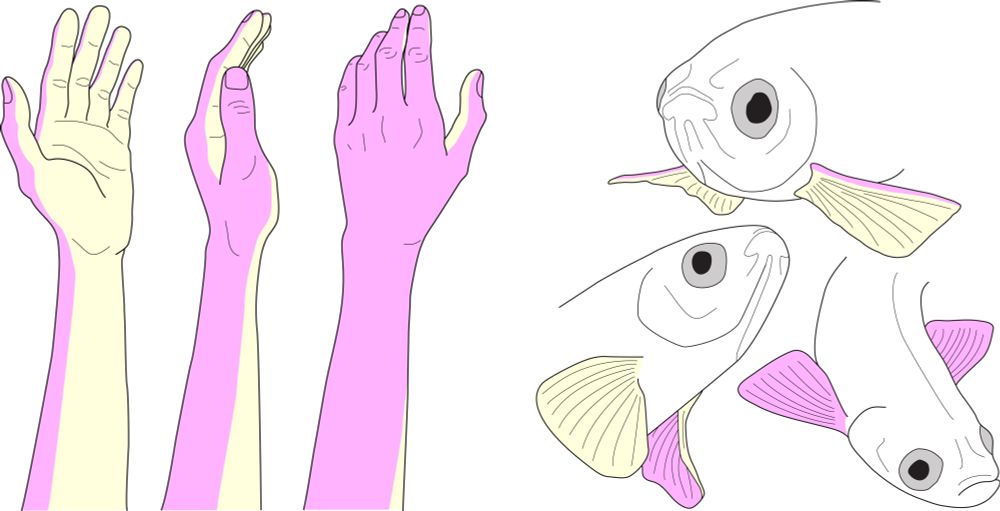Aurelie Hintermann
@aurhin.bsky.social
310 followers
310 following
11 posts
Evodevo biologist, juggling mum, retired dive instructor.
Posts
Media
Videos
Starter Packs
Aurelie Hintermann
@aurhin.bsky.social
· May 15
Reposted by Aurelie Hintermann
Henry Gee
@endofthepier.bsky.social
· May 7

Chromatin loops are an ancestral hallmark of the animal regulatory genome - Nature
The physical organization of the genome in non-bilaterian animals and their closest unicellular relatives is characterized; comparative analysis shows chromatin looping is a conserved feature of ...
www.nature.com
Reposted by Aurelie Hintermann
Aurelie Hintermann
@aurhin.bsky.social
· Dec 18









